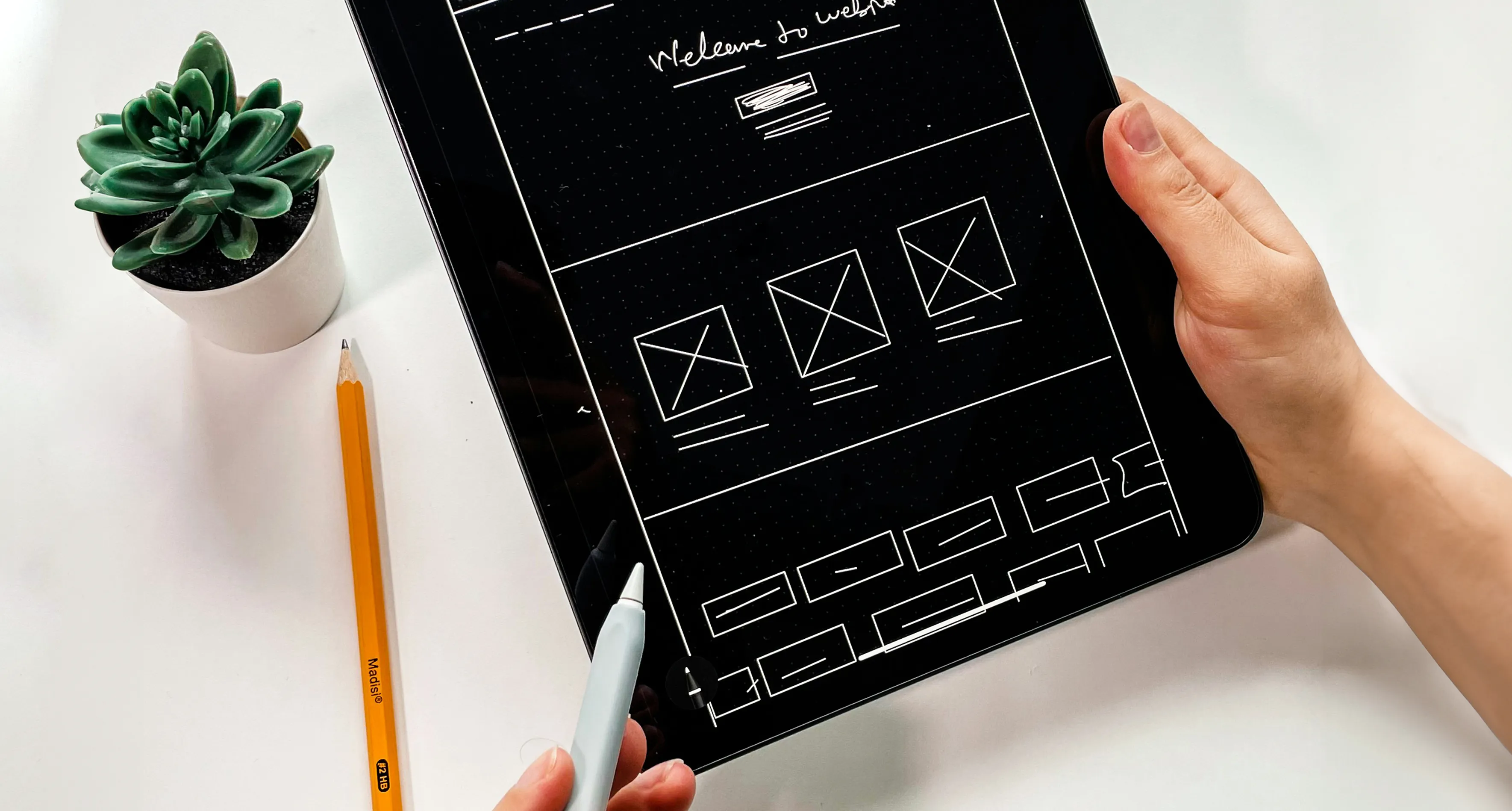Every online interaction your audience has with your brand has to be a positive user experience. Your content should be varied, and always informing them of what is new and different. Every conversation should be productive and visitors shouldn’t be left needing more than what you have given them.
How does this mindset help when building your website?
It all comes down to user experience but what exactly does that mean?
User Experience (UX) puts customers at the heart of all decision making when designing any online experiences. It’s more than just creating a pretty interface. It is the planning, designing and categorising of your online content in a seamless, stress-free and anticipated way. This will leave your customers delighted and wanting more.
UX is predominantly about a customer’s digital experiences with your brand, whether it is your website, mobile app, email or social channels. However, real world interactions such as call centres, shops and other offline media can all play a role with how your customer interacts with you.
These are your customer touch-points and can be used to inform a customer journey map. It’s a visual story of a customer’s every engagement with your product or service. This includes their sentiment regarding the experience (positive, negative or neutral). Additionally, their needs and pain points.
Mapping experiences in this way can unearth challenges that your digital experience can solve. This highlights the opportunities, such as creating an automated customer follow up system to rectify a poor offline customer support experience.
How do Think approach your user experience design?
Define goals and objectives
Our aim for any website redesign project is to meet both business and marketing objectives. We will take time at the start of the project to understand your key measures for success and how we will report on these. You should know what to realistically expect and by meeting the key targets, you won’t be disappointed by inflated expectations.
Understand our core offer and CTAs
What is the core purpose of the website? What services do you offer and what do you want your visitors to do? This will help us prioritise primary and secondary functions. Your website needs to commit to a main focus. By finding this focus, your website can still evolve over time, without becoming convoluted.
Define user journeys
Understanding the key target audience segments and creating UX maps is key to ensure we provide the right information and functionality at the right point in their journey, relieve any pain points and help them convert. Through design, we can create a website where visitors reach the information they are looking for.
Perform competitor analysis
An initial competitor review is not what can we copy, but what is the white space we can own? We will identify what our competitors are doing well and what we can do better (direct and indirect).
Conduct a content audit
A review of site analytics and content will highlight what is and isn’t performing. From here we can identify any gaps in content to meet audience needs and maximise organic reach.
Design the site architecture
Armed with this information we will design a minimal user journey sitemap ensuring visitors are only ever 2-3 clicks away from where they need to be. Audiences are in a time of instant gratification, so making them scour your site for a key detail is bound to leave a harsh impression.
If UX sound’s like the solution to your problems then get in touch today to see how we can help.
However, UX design alone isn’t enough to fix all your problems.

